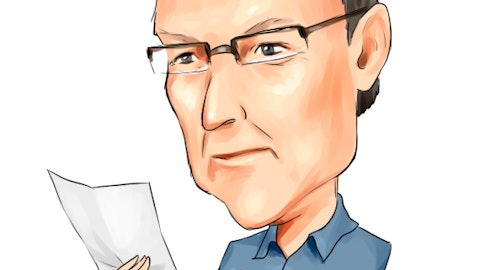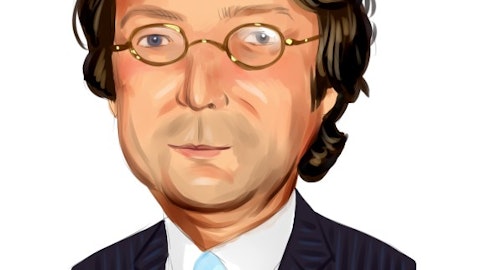Consumers never saw either device. The gadgets were casualties of a corporate culture that lavished funds on research but squandered opportunities to bring the innovations it produced to market.
Nokia has attempted to rebound from its bad development decisions by partnering with Microsoft Corporation (NASDAQ:MSFT) — but Microsoft Corporation (NASDAQ:MSFT) is also a company known for colossal research budgets that produce little in the way of new successes. The partnership is a big risk for Nokia, which abandoned its in-house Symbian operating system to adopt Microsoft Corporation (NASDAQ:MSFT)’s mobile OS. Thus far, Nokia has yet to see much return on this big gamble, as it was forced to skip a dividend for the first time in 143 years at the start of 2013. Can Nokia pivot to a bright new future, or is this the end of the line for the world’s oldest mobile phone company?
The great mine strike of 1902
The United States was nearly brought to its knees by a coal miners’ strike in 1902. The strike, called by the United Mine Workers of America on May 12, 1902, threatened to shut off the supply of valuable anthracite coal to homes and factories, which preferred using the hard, dense coal over a softer bituminous type that produced less energy and more smoke. It was the third major coal-miners’ strike in five years, and like its 1897 and 1900 antecedents, the 1902 strike saw more than 100,000 strikers seeking (and gaining) significant concessions. Unlike the previous strikes, the 1902 strike set a precedent when it became the first major labor dispute that the federal government resolved as a neutral arbitrator.
The U.S. Department of Labor recounts the key differences of the 1902 strike:
On Friday, October 3, 1902, President Theodore Roosevelt called a precedent-shattering meeting at the temporary White House at 22 Lafayette Place, Washington, D.C. A great strike in the anthracite coal fields of Pennsylvania threatened a coal famine. The President feared “untold misery … with the certainty of riots which might develop into social war.” Although he had no legal right to intervene, he sent telegrams to both sides summoning them to Washington to discuss the problem.
Roosevelt, who had been injured a month earlier when his carriage was hit by a trolley car, sat in his wheelchair pleading with representatives of management and labor. “With all the earnestness there is in me,” the President urged, “I ask that there be an immediate resumption of operations in the coal mines in some such way as will … meet the crying needs of the people.” He appealed to the patriotism of the contestants to make “individual sacrifices for the general good.”
This meeting marked the turn of the U.S. Government from strikebreaker to peacemaker in industrial disputes. In the 19th century, presidents, if they acted at all, tended to side with employers. Andrew Jackson became a strikebreaker in 1834 when he sent troops to the construction sites of the Chesapeake and Ohio Canal. War Department employees operated the Philadelphia and Reading Railroad during the Civil War. In the violent rail strikes of 1877, Rutherford B. Hayes sent troops to prevent obstruction of the mails. Grover Cleveland used soldiers to break the Pullman strike of 1894.
As was often the case during this era, banker extraordinaire J.P. Morgan intervened, by drafting a proposal that would be amenable to both sides. The coal strike ended on Oct. 23, with both sides largely accepting Morgan’s resolutions. A federal commission made the final determination, which granted miners many of their demands. Miners got higher pay and fewer hours, but the commission split the difference between their previous rates and the new requests.
The strike was a turning point in the American labor movement and helped feed the fires of Progressive reformers, like Roosevelt himself. However, investors and big business reacted with some alarm. The Dow Jones Industrial Average (INDEXDJX:.DJI), already mired in a weak bear market, lost its footing after the late-October resolution on its way to a 1903 panic — the “Rich Man’s Panic” — which arose out of fear that Roosevelt’s confirmed pro-labor and antitrust stance would destroy profitability and weaken corporate power.
The article The 150-Year-Old Mobile Phone Company originally appeared on Fool.com is written by Alex Planes.
Fool contributor Alex Planes holds no financial position in any company mentioned here. Add him on Google+ or follow him on Twitter, @TMFBiggles, for more insight into markets, history, and technology.The Motley Fool recommends Apple and owns shares of Apple and Microsoft.
Copyright © 1995 – 2013 The Motley Fool, LLC. All rights reserved. The Motley Fool has a disclosure policy.



